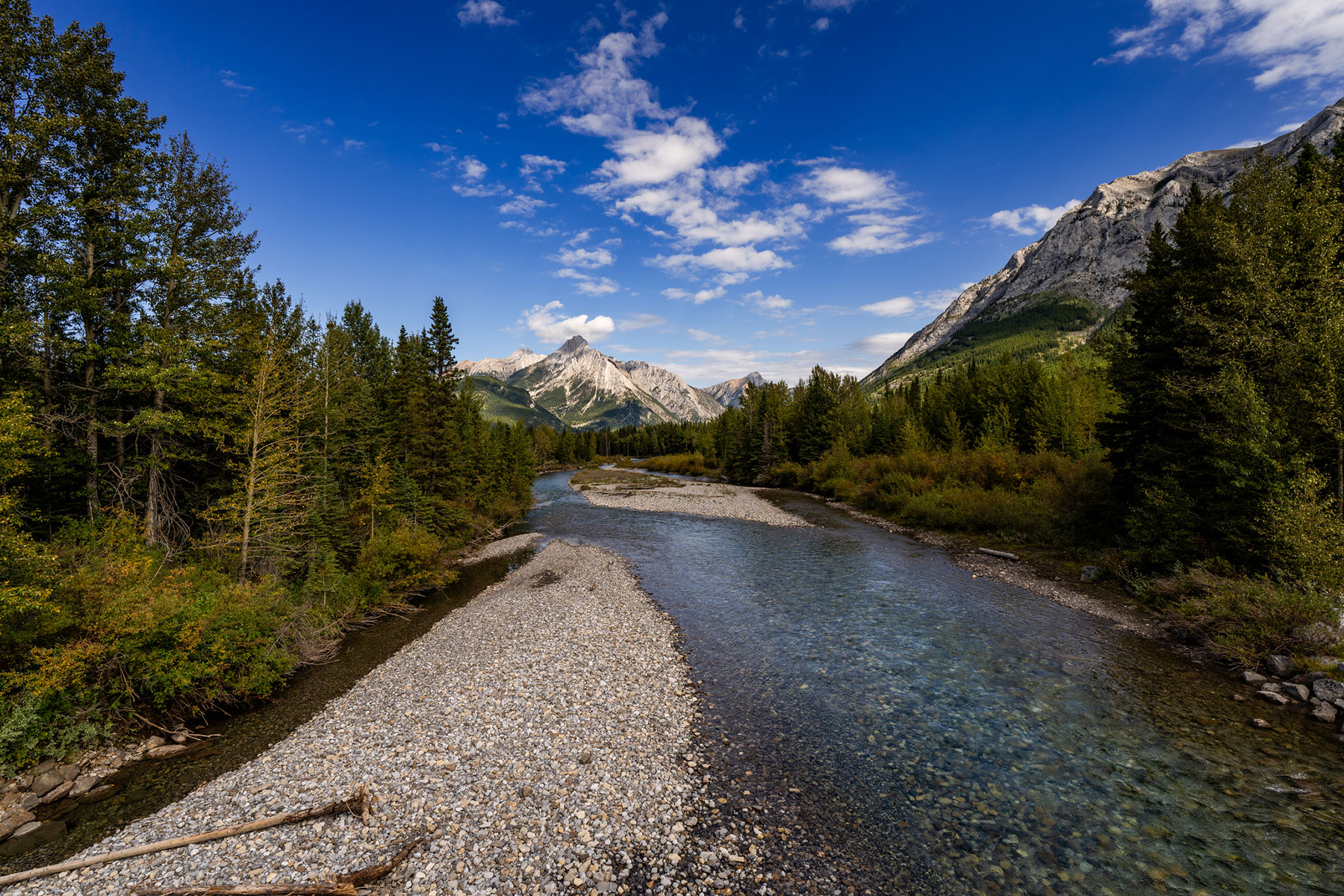
Wildfires
The increasing number and magnitude of wildfires should be discussed in the broader context of the accelerating climate crisis. Wildfires, just as climate change, disproportionately impact women and marginalized groups, including Indigenous peoples. It is therefore vital to take gender-responsive and Indigenous approaches to addressing wildfires. Recognizing and leveraging the diverse experiences and needs of all individuals can develop more effective wildfire and emergency management practices, meet labour shortages, and build more-resilient communities.
Recommendations
Support women’s participation and leadership in wildfire management
-
Identify and address the barriers to recruiting and retaining women firefighters, such as gender stereotypes, equipment designed for men, and workplace discrimination and harassment.
-
Create cross-border associations of women firefighters to facilitate learning and support.
-
Acknowledge women’s contributions in prevention, management, and recovery efforts at the community level; consult them during emergency planning, including on evacuation plans; and identify ways of supporting their work.
Incorporate Indigenous knowledge and practices
-
Learn from traditional Indigenous forest management practices.
-
Give Indigenous communities the opportunity to apply their traditional knowledge and address barriers to their participation in wildfire and emergency management—from prevention to response and recovery.
Consider social and gender-related factors and prevent gender-based violence
-
Collect gender- and/or sex-disaggregated data to better understand the impacts of wildfires on different population groups and improve emergency response.
-
When data is unavailable, use other methods to prepare adequately for the needs of diverse populations. For example, assume a percentage of the population is pregnant and will need reproductive health-care services during an emergency.
-
Recognize the different roles that women and men often play in communities, such as in caregiving.
-
Consult local evacuation plans and take account of diverse family structures and the specific needs of women and marginalized groups.
-
Include measures to prevent and respond to gender-based violence.
-
During the recovery phase, ensure equitable opportunities for women and other marginalized groups, for example by ensuring that Indigenous and women-owned businesses have equitable access to economic support.
-
Facilitate the sharing of best practices among G7 members and with third countries, particularly those that respect social and gender-related factors and engage local and Indigenous populations in wildfire management.
Rationale
Women make up only between 2% and 7% of professional firefighters in G7 countries.1 At the same time, the number of firefighters in many countries, including G7 members, has declined, while the frequency and size of wildfires has increased. Women’s participation enhances the efficiency of firefighting units.2
Wildfires and other natural disasters disproportionately affect women due to systemic inequalities and societal roles. Women are often primary caregivers, managing children, elderly family members, and individuals with disabilities during crises. This caregiving role places them at greater risk during an evacuation.
Various studies demonstrate that sexual and gender-based violence increases during crisis, including during emergency evacuations and in temporary shelter settings.3 During wildfires, the smoke exposes pregnant women to specific health challenges, as it can lead to preterm births, low birth weights, and increased maternal stress. Wildfires can also amplify pre-existing social inequalities. For example, women earn less than men and more often work in the informal economy, and are therefore more vulnerable to post-disaster poverty and food insecurity.
Wildfire recovery efforts often focus on infrastructure and resource distribution but fail to address the specific needs of women, such as access to reproductive health services or provisions for menstrual hygiene products in evacuation shelters. Systemic inequalities and historic disinvestment in Indigenous communities amplify the impact of disasters like wildfires in these communities. In Canada, for example, Indigenous people are five times more likely to die from a fire than the general population. Traditional Indigenous forest management practices are cost-effective and strengthen prevention efforts, yet these practices are often ignored, and Indigenous firefighters are excluded from emergency planning and firefighting efforts.
Footnotes
[1] The percentage of women is generally higher among voluntary firefighters, according to the International Association of Fire Services. World Fire Statistics. (2024)
[2] Centers for Disease Control and Prevention. (2024)
[3] UNHCR. (2024)
